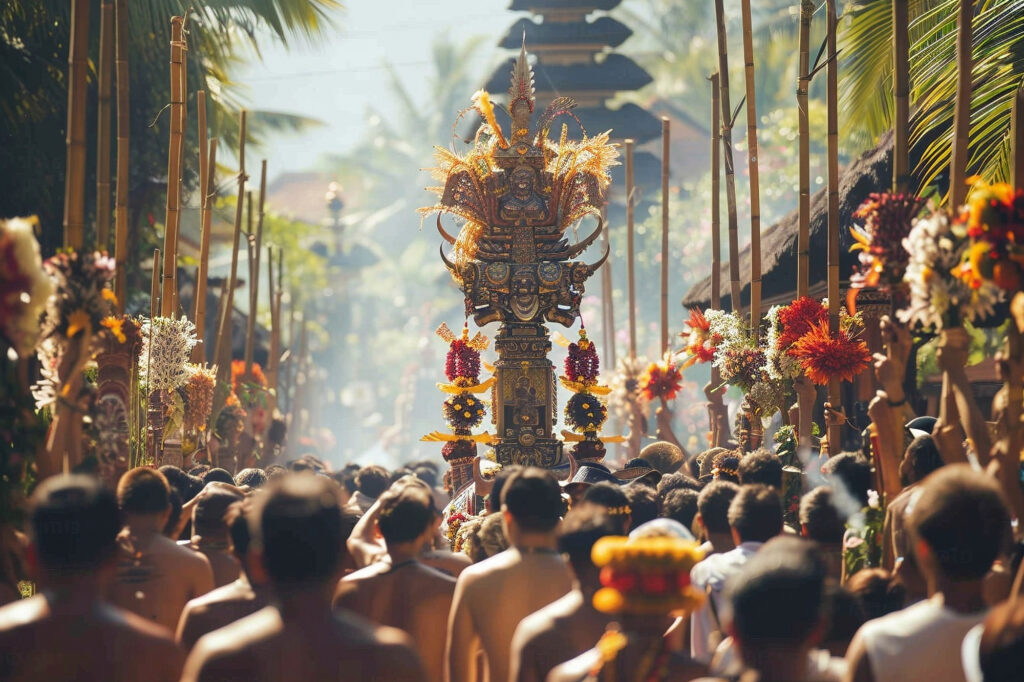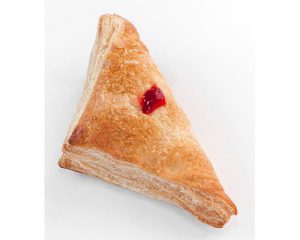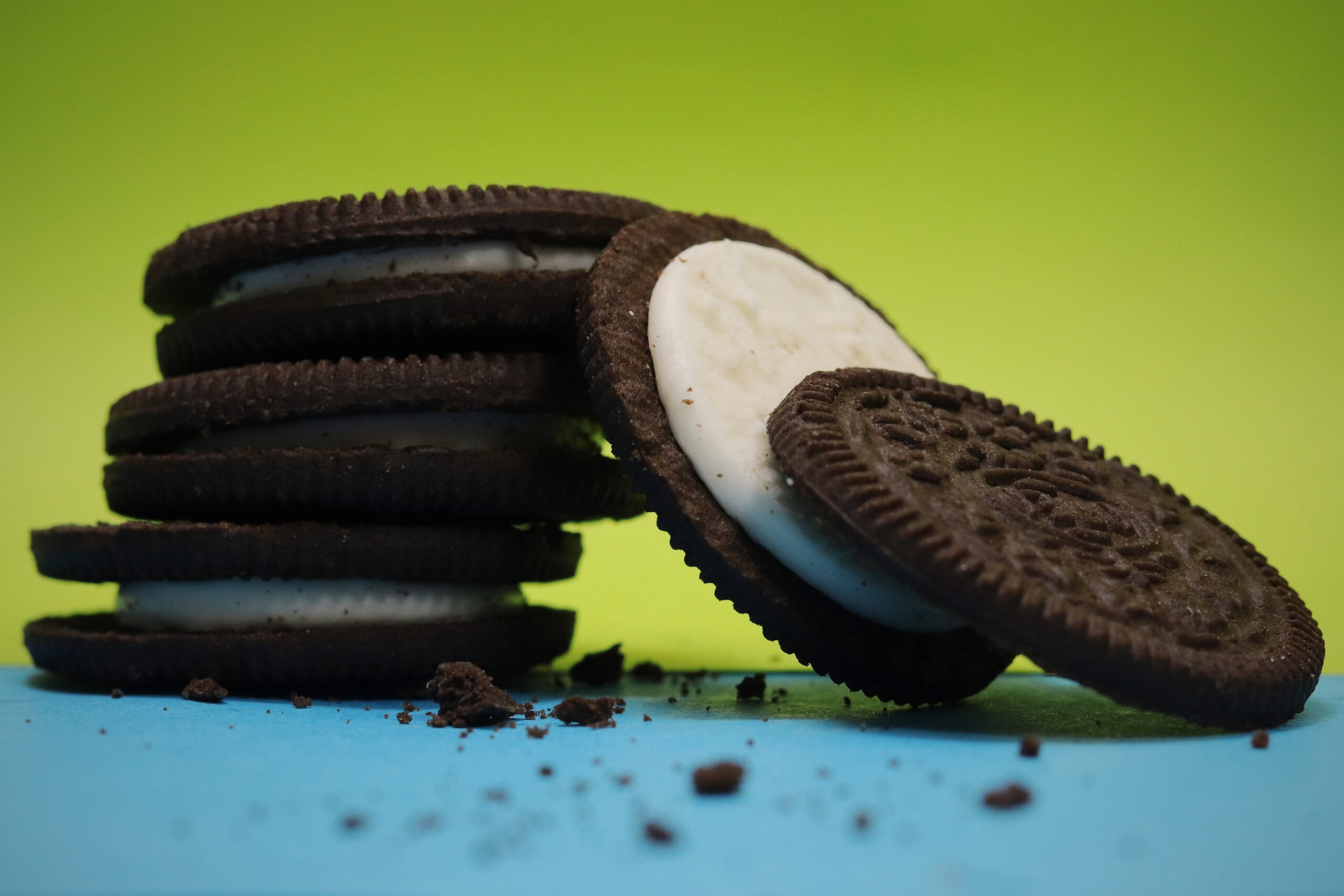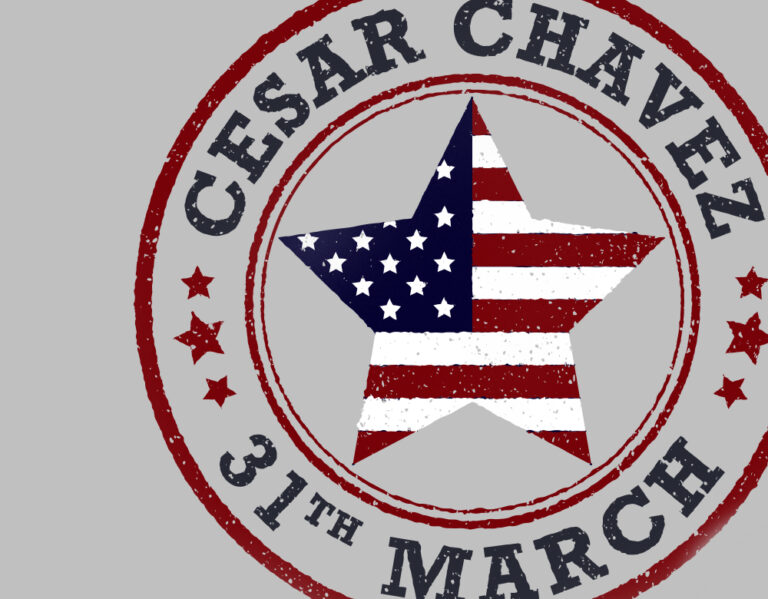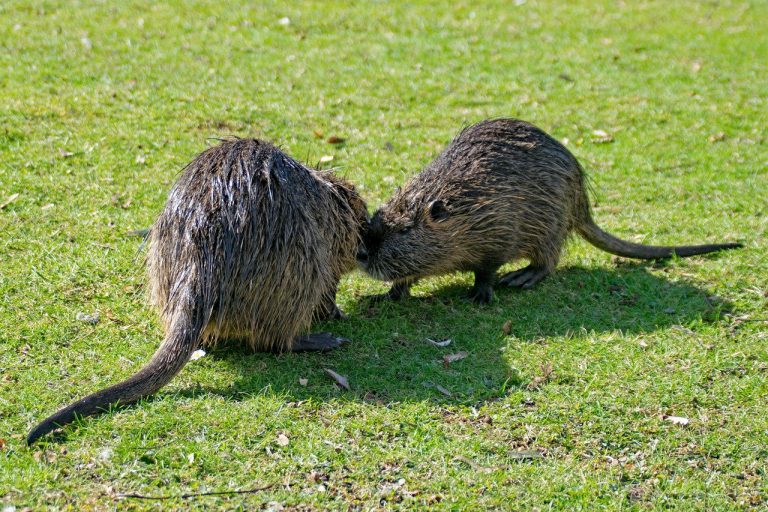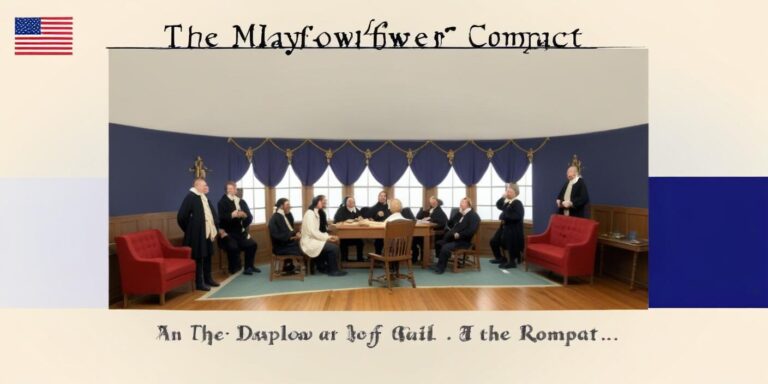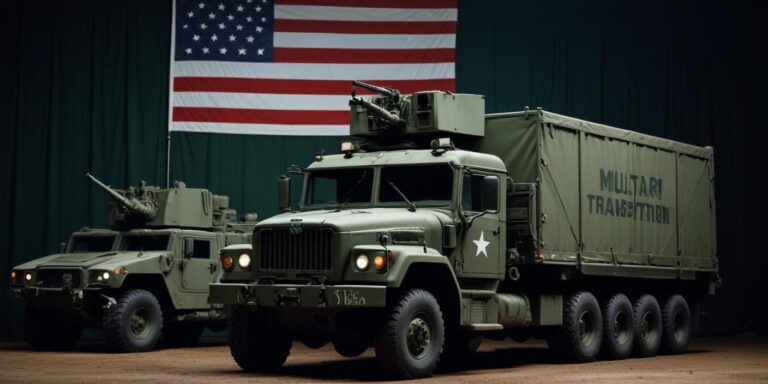The Hawaiian holiday of Kamehameha Day honors the Hawaiian Monarch who ruled from 1782 to 1819. The Kingdom of Hawaii was established in 1810 by King Kamehameha. Commemorations take place on June 11 annually.
Celebrations take place in the form of carnivals, parades, fairs, cycling and horse races, and traditions deeply rooted in Hawaiian culture, such as hula dancing. Participants from all over the world compete in the King Kamehameha Hula competition. Many festivals feature Hawaiian food and other elements of the culture.
Many communities and groups hold floral parades, which feature floats decorated with flowers, marching bands, pa’u riders. Pa’u riders symbolize the queen’s royal court, the queen in front and her princesses following. The eight princesses represent the eight major Hawaiian Islands, and are accompanied by ladies in waiting. These women will dress in elaborate 19th century riding gowns and lei.
A significant ritual is the draping ceremony, which was established in 1901. In the evening, observers drape the Kamehameha Statue in Honolulu in lei. His statue on the Big Island of Hawaii, his home island, is also draped along with the Kamehameha statue at the United States Capitol.
Holiday History
The king is best known for unifying the Hawaiian Islands under one rule. Kamehameha V, Kamehameha’s grandson, issued the royal decree establishing Kamehameha Day in 1871. This was the first holiday to be officially established by the state legislature after becoming a state in 1959.
Kamehameha I was born around 1758, when Haley’s comet could be seen from Hawaii. Legend states that the sign of birth for a great Hawaiian King, who would unite the Hawaiian Islands, was going to be a comet. However, some claim that he was born as early as 1736. He was also called Pai’ea, or “hard-shelled crab.” A priest told the king at the time, who had overthrown Pai’ea’s family from rule, that the baby would one day be a slayer of chiefs. The king then built a house for the child, who he planned to hunt and kill. Pai’ea was safely brought to the home of Kaha’opulani, a chiefess. He was able to come home when the regretful king invited him back.
Kamehameha’s name is believed to come from his stern and anti-social personality. He spent most of his time in the king’s household alone. Keawea’opala, Kamehameha’s cousin, took the throne, which was challenged by Kamehameha’s uncle, who then killed the new king and made his other nephew king. Apparently, the two cousins did not have a very close relationship.
Kamehameha conquered the Hawaiian Islands started by eliminating Chief Keawema’uhili of the Puna district, which gave him the Big Island of Hawaii. The chief was exiled to his home, but when Kamehameha left, he organized an uprising. During this rebellion, the chief lost a third of his warriors when the Kilauea volcano erupted. After Kamehameha built a temple, he invited Keoua to meet with him there. Some accounts say that the deposed chief came over desperation from his losses and that he mutilated his body, meaning he would be ineligible for human sacrifice. Then, a chief of Kamehameha threw a spear at Keoua as he stepped onto the land from his boat. Some say that this killed him, but others believe that he dodged this spear only to be killed by a musket.
The king’s sights were set on conquering the rest of Hawaii, starting with the war-torn Maui and O’ahu. Allied with American and British traders, giving supplies such as guns and ammunition, Kamehameha invaded the poorly defended Maui and then Moloka’i in 1795 in what is called the Battle of Kawela. The king’s forces consisted of 10,000 warriors and 960 canoes.
In O’ahu, the battle of Nu’uanu, consisting of mostly skirmishes, was slightly more difficult. One of the king’s high ranking commanders had changed sides and gave the enemy details of Kamehameha’s invasion and his forces suffered from cannon fire. The king ordered his men to climb the mountain ridges that the cannons were firing from, taking the gunners by surprise and taking control of the cannons. After Kamehameha won the battle, he forced some of the remaining enemy forces off of a cliff.
Fighting continued for the remaining islands of Kaua’i and Ni’ihau. After the king built an impressive armada, forces on these islands decided to negotiate rather than fight him. Kamehameha was then king over all of Hawaii, valuing this unification throughout his rule. During this time, the unification allowed for a standardization of government and legal systems, which had previously been divided amongst the islands.
Hawaii remained mostly independent until it became a state in 1898, earning Kamehameha the name of “Napoleon of the Pacific.” He also established the Law of the Splintered Paddle, which protected civilians in times of warfare. The king also ended the practice of human sacrifice despite his strong faith in the Hawaiian religion. He died on May 8, 1819. The final resting place of King Kamehameha is unknown due to the practice of hunakele, where trusted friends would hide the body of a deceased one, believing his final resting place to be a source of power.















